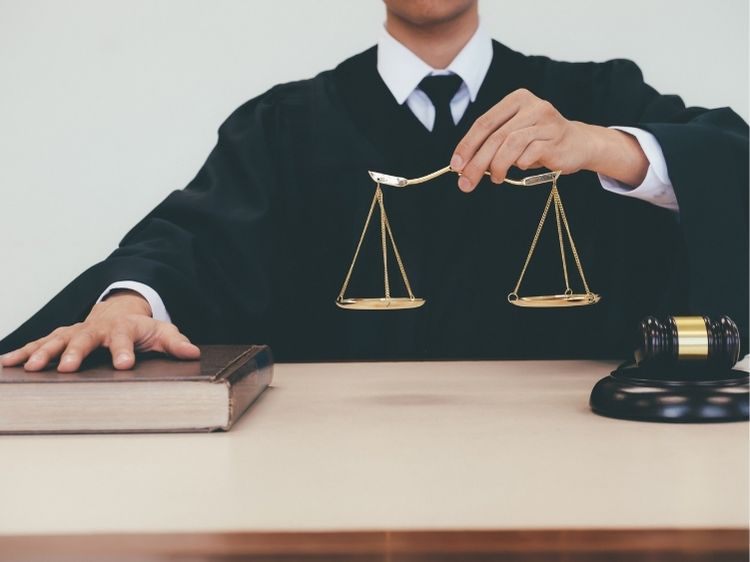Heating Pad Burns: What You Need to Know and How to Avoid Them
Ever snuggled up with a heating pad on a cold night, only to wake up with a nasty burn? You’re not alone. Heating pads are a popular remedy for sore muscles, cramps, and general discomfort, but if not used correctly, they can lead to some serious burns. Understanding the risks, how to prevent these burns, and what to do if you get one is crucial for anyone who uses a heating pad regularly.
In this article, we’ll dive deep into the causes of heating pad burns, how to avoid them, and what steps to take if you find yourself with an unfortunate burn. So, let’s get into it!
What Causes Heating Pad Burns?
Heating pad burns typically occur when the skin is exposed to heat for too long or when the pad is too hot. But let’s break it down a bit more:
- Prolonged Use: Leaving a heating pad on the same area for too long can cause burns, even if the pad isn’t excessively hot. The skin gradually heats up and can’t dissipate the heat fast enough, leading to burns.
- High Temperature Settings: It might seem obvious, but using a heating pad on a high setting can easily cause burns, especially if you fall asleep with it on.
- Faulty Heating Pads: Old or malfunctioning heating pads can overheat or develop hot spots, increasing the risk of burns.
- Thin or Sensitive Skin: Individuals with thin skin, such as the elderly or those with certain medical conditions, are more susceptible to burns. The skin’s ability to tolerate and recover from heat exposure diminishes, making it easier to get burned.
How to Prevent Heating Pad Burns
Now that we know what causes these burns, let’s talk prevention. Here are some handy tips to keep those burns at bay:
- Always Use a Cover: Never place a heating pad directly on your skin. Always use a cover or cloth barrier to reduce the intensity of the heat.
- Set a Timer: Many modern heating pads come with auto-shutoff features, but if yours doesn’t, set a timer. Limiting your exposure time to 15-20 minutes can help prevent burns.
- Keep the Temperature Low: Use the lowest effective heat setting. If it’s too hot for comfort, it’s too hot for safety.
- Check for Wear and Tear: Regularly inspect your heating pad for signs of damage, such as frayed cords or worn-out fabric. If you notice anything off, it’s time for a replacement.
- Avoid Using It While Sleeping: Falling asleep with a heating pad can lead to prolonged exposure and burns. If you need heat therapy at night, consider using a hot water bottle or heat wrap that cools down over time.
What to Do If You Get a Heating Pad Burn
Accidents happen, and sometimes, despite your best efforts, you might find yourself with a heating pad burn. If that’s the case, here’s what you should do:
- Cool the Burn: Immediately remove the heating pad and cool the area with cold water or a cold, damp cloth. Avoid using ice directly on the skin, as this can cause further damage.
- Assess the Severity: Burns are categorized into first, second, and third degrees. First-degree burns are superficial and cause redness and pain. Second-degree burns penetrate deeper and can cause blisters. Third-degree burns are the most severe, damaging all layers of the skin.
- Seek Medical Attention: If you have a second- or third-degree burn, or if the burn covers a large area of your body, seek medical attention immediately. First-degree burns can usually be treated at home, but keep an eye out for signs of infection.
- Apply Burn Cream: For minor burns, apply an over-the-counter burn cream or aloe vera to soothe the skin. Keep the area clean and covered with a sterile bandage.
- Pain Management: Over-the-counter pain relievers like ibuprofen or acetaminophen can help manage pain and reduce inflammation.
Common Myths About Heating Pad Burns
There are several myths floating around about heating pad burns, and it’s time to set the record straight:
- Myth 1: Only High Heat Can Cause Burns: While it’s true that high heat increases the risk, even low heat can cause burns if used for an extended period.
- Myth 2: Newer Heating Pads Are Burn-Proof: No heating pad is entirely burn-proof. Even with safety features, misuse or overuse can lead to burns.
- Myth 3: Burns Aren’t a Big Deal: Any burn, no matter how small, should be treated seriously. Burns can lead to infections and, in severe cases, long-term damage to the skin.
FAQs About Heating Pad Burns
Q1: Can heating pad burns leave scars?
Yes, particularly second- and third-degree burns can leave scars. Proper wound care and medical treatment are essential to minimize scarring.
Q2: How long does it take for a heating pad burn to heal?
The healing time depends on the severity of the burn. First-degree burns may heal in a few days, while second- and third-degree burns can take weeks or even months to fully heal.
Q3: Can I use a heating pad if I’ve had burns before?
If you’ve had burns before, it’s best to consult with your doctor before using a heating pad again. If cleared to use, follow all safety guidelines strictly.
Q4: Are there safer alternatives to heating pads?
Yes, alternatives like warm baths, hot water bottles, or microwaveable heat packs can be safer options as they tend to cool down over time.
Conclusion
Heating pads can be a great source of comfort and relief, but they come with risks if not used properly. By understanding the causes of heating pad burns, following the prevention tips, and knowing what to do if a burn occurs, you can safely enjoy the benefits of heat therapy without the pain of a burn. Remember, when it comes to using heating pads, it’s better to be safe than sorry!


